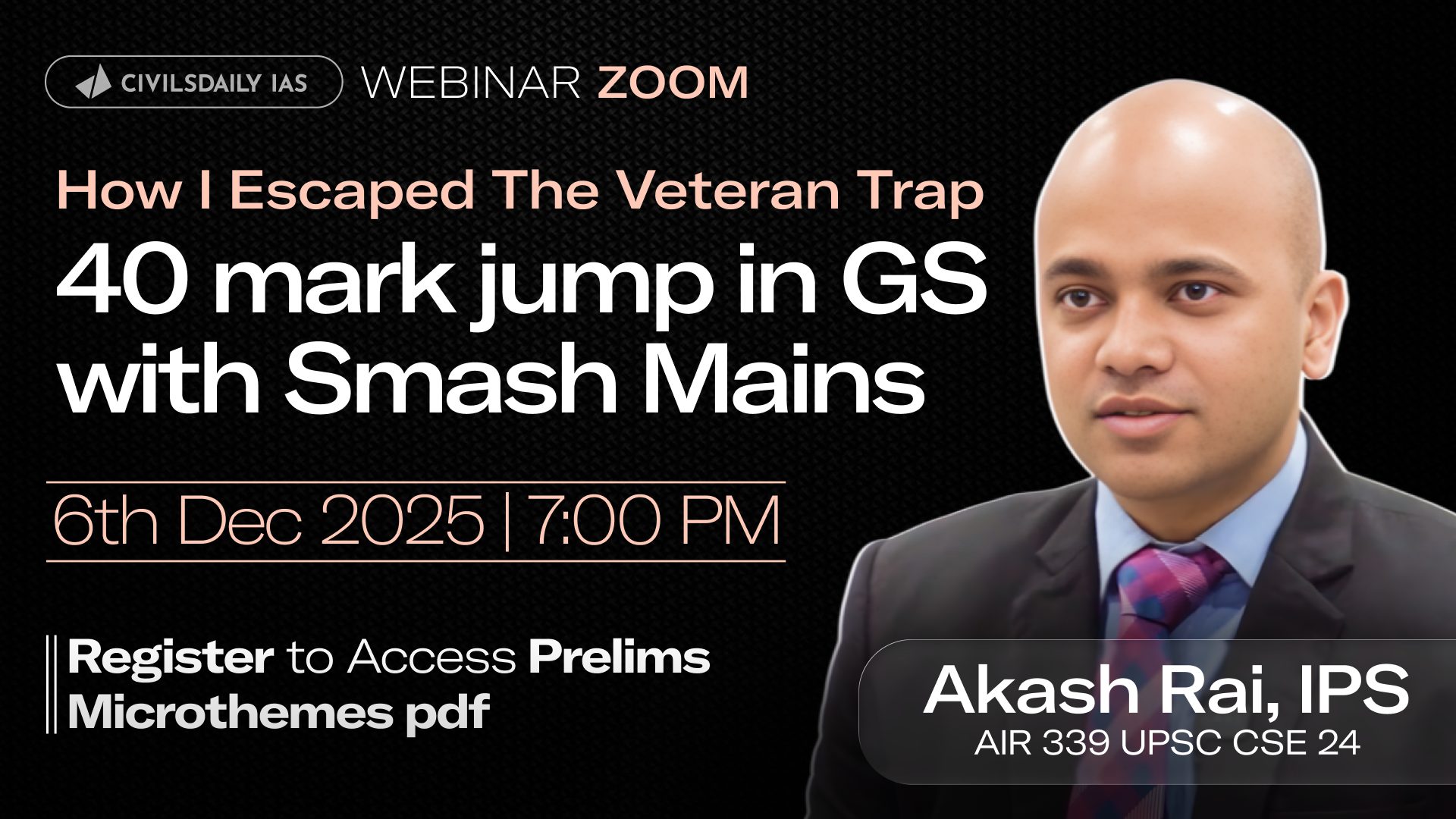Why in the News?
U.S. President Donald Trump has indicated a willingness to extend the New START Treaty with Russia by one year, until February 2027, as the treaty is due to expire next February.
About the New START Treaty:
- About: New Strategic Arms Reduction Treaty (New START); Bilateral nuclear arms control pact between the United States and Russia.
- Signed: April 8, 2010, in Prague by U.S. President Barack Obama and Russian President Dmitry Medvedev; Came into Force: February 5, 2011.
- Initial Duration: 10 years, set to be expired in February 2021; extended by 5 years to February 2026.
- Proposed Further Extension: To February 2027, as hinted by U.S. President Donald Trump.
- Objective: Limit and verify the number of deployed strategic nuclear weapons to ensure predictability and strategic stability between the two nuclear superpowers.
- Ceilings:
- 1,550 deployed strategic nuclear warheads.
- 700 deployed intercontinental ballistic missiles (ICBMs), submarine-launched ballistic missiles (SLBMs), and heavy bombers.
- 800 deployed and non-deployed launchers and bombers combined.
- Verification Regime:
- Regular on-site inspections.
- Biannual data exchanges.
- Notifications of movement or deployment of nuclear assets.
- Telemetry sharing for missile tests.
- Administering Authority: U.S. Department of State and Russian Ministry of Foreign Affairs under a joint commission.
- Scope: Applies only to strategic (long-range) nuclear forces, not tactical nuclear weapons.
- Historical Context:
- Successor to START I (1991) and START II (1993).
- Last remaining arms control treaty after the collapse of the INF Treaty (2019) and U.S. withdrawal from the ABM Treaty (2001).
- Significance: Serves as the final legal constraint on the two largest nuclear arsenals, reducing risk of an unconstrained arms race.
Implications of Extending the New START
- Maintains Strategic Stability: Retains verifiable limits on the world’s two largest nuclear stockpiles, reducing risk of escalation or miscalculation.
- Prevents Arms Race: Avoids a strategic vacuum that could lead to rapid weapon modernization and expansion by both nations.
- Diplomatic Leverage: Provides a diplomatic window for future multilateral disarmament talks, possibly involving China and other nuclear powers.
- Global Signalling: Reinforces commitment to nuclear restraint and non-proliferation under the spirit of the Nuclear Non-Proliferation Treaty (NPT).
- Risks of Non-Extension:
- Collapse of all bilateral arms control between the U.S. and Russia.
- Accelerated nuclear modernization programs.
- Weakened global disarmament norms and potential CTBT irrelevance.
Get an IAS/IPS ranker as your 1: 1 personal mentor for UPSC 2024

